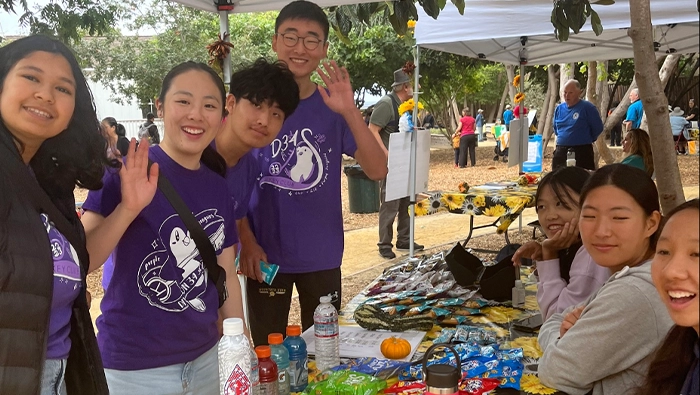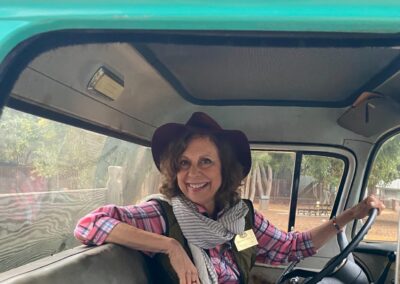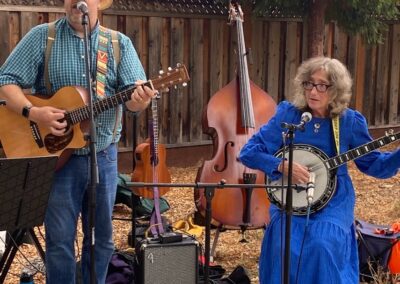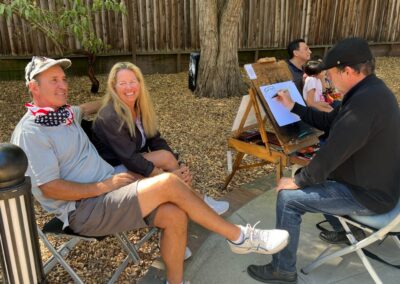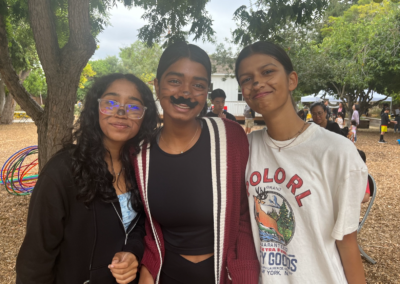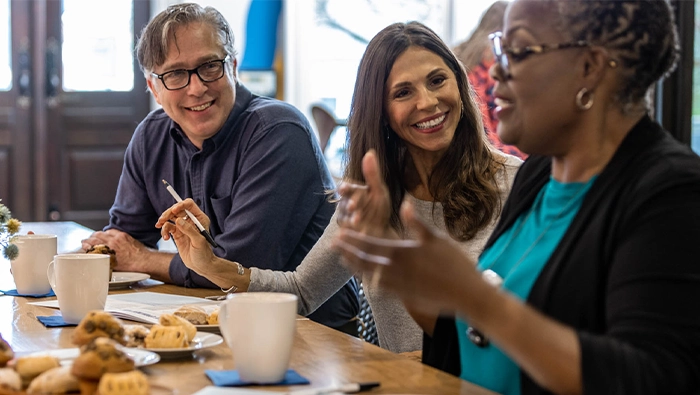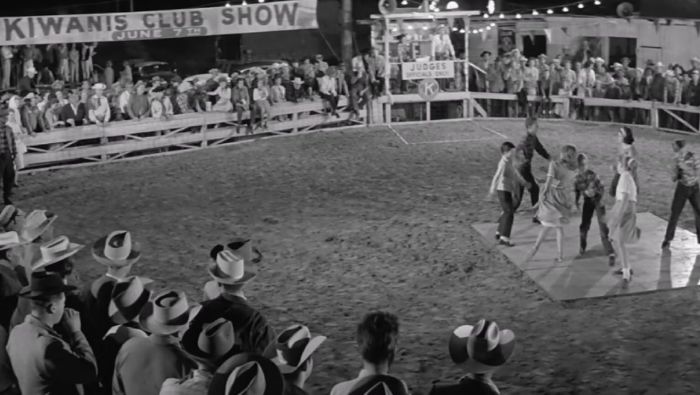
Kiwanis in fiction: the sequel
More movies and TV shows that name-checked Kiwanis before 1990.
By Erin Chandler
Back in February, we posted a list of popular movies and TV shows that had referenced the Kiwanis family over the years, from “Back to the Future” to “The Flash.” We asked whether you could remember any more Kiwanis appearances in pop culture — and you delivered!
With credit to the memories of our readers, here are five more movies and shows from the 1960s, ‘70s and ‘80s that reference Kiwanis.
“The Andy Griffith Show” (1960-1968)
Suggested by John Heath in comments on the Kiwanis International Facebook page
In season eight, episode 21, the fictional small town of Mayberry, North Carolina, U.S., becomes the unlikely host of a summit meeting between Russian and American diplomats. Former police deputy Barney Fife (Don Knotts) immediately names “The Kiwanis club meeting hall” among the best options for the location — although it ultimately takes place in the home of Sheriff Andy Taylor (Andy Griffith).
“Hud” (1963)
Suggested by Deanna Gardner, president of the Kiwanis Club of Mitchell-Grissom, Indiana, U.S., via voicemail
In the critically acclaimed film “Hud,” cynical rancher Hud Bannon (Paul Newman) wins a “pig scramble” — in which participants attempt to wrangle greased pigs — put on by the Kiwanis club in his Texas, U.S., community. Preceding the “scramble,” the movie also depicts local teens doing The Twist in a dance contest, another part of what a banner proclaims to be the “June 7th Kiwanis Club Show.”
“M*A*S*H” (1972-1983)
Suggested by Kurt Huschka, Herb Kasube and David Cummo in comments on the Kiwanis International Facebook page
While stationed in a Mobile Army Surgical Hospital during the 1950-1953 Korean War, Colonel Sherman T. Potter (Harry Morgan) tries his best to spread the spirit of service he saw in the Kiwanis club(s) of his hometown in Hannibal, Missouri, U.S. In season nine, episode five, a Christmas meal for soldiers and refugees is stolen from a supply convoy, but Potter rallies his unit to share the contents of their care packages from home, saying, “We got the makings of a great buffet — just like the smorgasbord down at the Kiwanis back home.”
In season 10, episode 16, the refrigerators are too full to accommodate more blood for transfusions. “Back home at the Kiwanis picnic,” Potter remembers, “we used to put the beer in the creek.” So he suggests trying something similar as a temporary storage option.
“WKRP in Cincinnati” (1978-1982)
Suggested by Kevin Kamper in comments on the Kiwanis International Facebook page
Arthur Carlson (Gordon Jump), general manager of the WKRP radio station in Cincinnati, Ohio, U.S., is a proud member of the Kiwanis Club of Cincinnati. In season two, episode eight, one of the possible dates he names for his new baby’s conception is, “Tuesday night after the Kiwanis dance,” telling his wife, Carmen (Allyn Ann McLerie), that she looked beautiful in her blue dress.
However, the two-part story spanning episodes 21 and 22 of season two is a prime example of why every Kiwanis club should carefully vet the partners it works with on events. Carlson is chairman of his club’s “Surf City”-themed fashion show and bazaar, which will raise funds for a local “children’s home.” He hires an outside photographer to take pictures of station employees Jennifer Marlowe (Loni Anderson) and Andy Travis (Gary Sandy) for the event poster, but the photographer retains embarrassing pictures of Jennifer. Carlson is proud of his identity as a law-abiding Kiwanian, but he breaks into the photographer’s studio and attempts to steal the photos. The WKRP staff eventually gets the pictures through a series of hijinks — and extorts an extra US$500 from the photographer. Happy ending: They donate the money to the Kiwanis Children’s Fund.
Viewers might note that Carlson refers to Kiwanis as “an all-men’s organization” at the beginning of season two, episode 21. Kiwanis began to admit women as members in 1987 — seven years after the episode aired!
“Mama’s Family” (1983-1990)
Suggested by Aimee Maynard Brown in comments on the Kiwanis International Facebook page
The Kiwanis Club of Raytown Three Trails, Missouri, U.S., is an active presence in the lives of Thelma “Mama” Harper (Vicki Lawrence) and her family. In the premiere episode of season three, Mama’s Aunt Lorraine and Uncle Don are unable to attend the funeral of her sister, Frannie (Rue McClanahan), because they are attending the Kiwanis picnic. In episode 23 of the same season, her son, Vinton (Eric Brown), is invited to join the Mystic Order of the Cobra, which she describes as consisting of “the rejects who couldn’t get into the Kiwanis.” Unlike Kiwanians, the fictional Cobras don’t seem to incorporate a service component. Finally, in season six, episode three, Vinton’s wife, Naomi (Dorothy Lyman), reminisces about her first date with her husband, which took place on a Kiwanis hayride.
Stay tuned for the third installment of our “Kiwanis in Fiction” series, which features more Kiwanis appearances in television and movies from 1990 through the present, suggested by our staff and club members!

